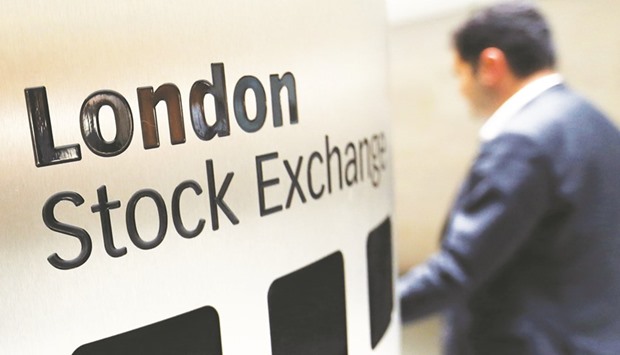European stock markets showed a muted reaction to weaker-than-expected US jobs data yesterday, which investors said will not distract the Federal Reserve from its rate-raising plans.
At the close, London’s FTSE 100 was up at 7,210.05 points, Frankfurt’s DAX 30 was up 0.1 % at 11,599.01 points, Paris’ CAC 40 was up 0.2% at 4,909.84 points and the EURO STOXX 50 climbed 0.1 % at 3,321.17 points yesterday.
Job growth in the world’s largest economy slowed in the final month of 2016 and the unemployment rate rose marginally, the Labour Department reported yesterday.
But rising wages and a major upward revision for November payroll data softened the blow, and analysts said there are no doubts the US economy is continuing on its solid growth path.
The dollar initially rose, then fell, before returning to the gains it had posted before the data.
Wall Street saw a similar trajectory in early business.
The Dow index first rose, then dropped, before turning back into slightly positive territory.
Analysts had expected the Labour Department report to show the US economy added 175,000 jobs in December and unemployment at 4.7%.
Yesterday’s dollar gains offset its losses seen on Thursday, but some analysts are predicting a downward correction.
“Yesterday’s sell off in the US dollar may well herald the beginnings of a corrective move lower, particularly given the suddenness of the move against the Chinese yuan and Japanese yen,” said Michael Hewson, chief market analyst at CMC Markets UK.
China yesterday hiked the yuan against the dollar in its biggest one-day increase since 2005.
The People’s Bank of China, which has been battling to shore up the sagging yuan, fixed it at 6.8668 to the dollar, according to the country’s foreign exchange market operator.
The 0.92% hike was the strongest daily increase since July 2005, and comes after the yuan recently flirted with the 7.0 to the dollar mark, a threshold not crossed in more than eight years.
China’s currency has been under pressure from uncertainty over the health of the world’s second-largest economy, massive capital outflows and the sharp rise in the dollar following Donald Trump’s election victory and anticipation of US interest rate hikes.
Beijing allows the tightly controlled yuan to rise or fall only 2% on either side of the daily fix, to prevent volatility and maintain control over the currency.
China said last week it would almost double the number of foreign currencies it uses to determine the official value of the yuan, thereby diluting the role of the dollar as authorities seek to arrest the yuan’s fall and project an image of stability in the unit.

A visitor passes a sign inside the London Stock Exchange Group (LSE) headquarters. London’s FTSE 100 was up at 7,210.05 points at close yesterday.


